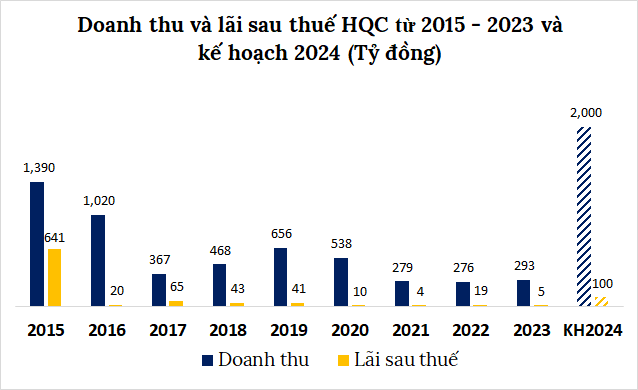On February 19, the Office of the President held a press conference to announce the decree of the President’s proclamation of the Land Law and the Credit Institutions Law passed by the National Assembly at its fifth extraordinary session.

President’s proclamation of the Land Law
Regarding the Land Law, Mr. Le Minh Ngan, Deputy Minister of Natural Resources and Environment, stated that the new law consists of 16 chapters, 260 articles, of which 180/212 articles of the 2013 Land Law have been amended or supplemented and 78 new articles have been added.
The leaders of the Ministry of Natural Resources and Environment also highlighted some new points in the law. In Chapter VI, there are provisions on land recovery and land allocation. According to Mr. Ngan, the law specifically regulates cases where the State recovers land for the purpose of socio-economic development for the national interest, public interest, and the construction of public works, state agency headquarters, and national projects.
Other cases include criteria such as housing, industrial zones, land funds development, minerals, underground projects, and cases where the State recovers land for auctioning or bidding to increase budget revenue. The law also specifically regulates the grounds and conditions for land recovery for national defense, security, socio-economic development for national interest, and public interest…
As for compensation, support, and resettlement when the State recovers land, the new law has amended and supplemented the principles of compensation by diversifying the forms of compensation, which can be compensated with land of the same purpose as the recovered land or with money, other land, or housing.
The principles of “adequate housing, assured income and living conditions equal to or better than the former residence” are concretized through the criteria of resettlement areas regarding technical infrastructure, social infrastructure, and resettlement location. Resettlement areas can be arranged for one or more projects.
New provisions on land prices in the Land Law
Regarding the financial provisions on land and land prices, Deputy Minister of Natural Resources and Environment stated that the law has abolished the government’s regulated land price framework. Instead, the Land Law (amended) specifically regulates the principles, bases, methods of land valuation, and regulates the annual land price list, which will be published and applied from January 1, 2026, and adjusted, amended, and supplemented the land price list from January 1 of the following year. The construction of the land price list is based on the price range, standard land plots for areas with cadastral maps and land price database.
In addition, specific provisions are made regarding the timing of determining land prices, timing of land use charges, land rent charges for each case of land allocation, land lease, land use conversion, land use extension, conversion of land allocation decisions, land lease with changes in area, land use purpose, land use term…
According to Mr. Le Minh Ngan, the drafting agency has considered the timing of the first publication and application of the land price list in early 2026 to have enough time to build a database on land and ensure conditions for building the land price list.
“The law was passed by the National Assembly on January 18, 2024, but the land price list will be published for the first time on January 1, 2026, so we have 2 years to prepare the necessary conditions”- Mr. Le Minh Ngan emphasized.
The leaders of the Ministry of Natural Resources and Environment also believe that localities need to enhance investment in funds, manpower, and solutions to build a land database and conditions for building the land price list to ensure the first publication of the land price list by 2026.
Regarding the Credit Institutions Law (amended), which consists of 15 chapters, 210 articles, Mr. Doan Thai Son, Deputy Governor of the State Bank of Vietnam, emphasized that the law aims to improve the legal regulations on the organization and operation of credit institutions, address the difficulties and shortcomings in the past.
At the same time, it strengthens internal self-inspection, self-control, and self-responsibility of credit institutions, enhances transparency in banking activities, and improves the legal framework for handling credit institutions encountering liquidity risks…






































